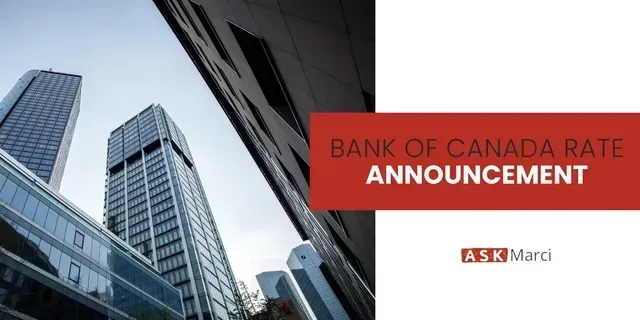4 DIY Solutions for Your Bathroom Space
All of us are looking for ways to make our living spaces more efficient whilst keeping the style intact; and certainly the bathroom space is no exception. The question becomes, “How do I do this without spending a small fortune on renovations and upgrades?” The answer is simple…You get creative!
The following are four stylish bathroom hacks that will help you declutter and organize, all for the cost of a few cups of coffee (or tea, if that’s your thing!)
Creative Shelving Units
The first (and most obvious) solution for getting your bathroom clutter organized is by way of conveniently placed, ideally designed, and most definitely inexpensive shelving units. This may sound daunting, especially if you, like me, lack meaningful shelves in any and all of your bathroom spaces. But never fear! There are easy and effective ways to make this happen!
Wicker baskets (and the like)
This image is from diyready.com and can be found here
Baskets (of various sizes) can be hung from any wall in your bathroom via a drywall anchor (or two) and a simple screw (or two). This technique will not only showcases a classic, rustic homestead piece (the basket); it will also give you ample room to store whatever it is that you need to store.
Obviously, if you don’t have baskets, other items can be utilized here. The key is the shape. If it’s deep enough to hold that which you need it to hold, and “the look” is there, than go for it!
The Hanging Shelf
Nothing beats the satisfaction of framing your own shelf. Now, before you get scared and run…relax. This job includes only a few tiny pieces of lumber, a small length of rope, a small can of wood stain, and a hanger (with another drywall anchor/screw combo). This piece can be easily hung over a toilet or on an empty wall. Plus, not only does it provide shelf options, you can beam with pride when you tell your guests that you fashioned it yourself, out of a tree that you found in the forest, and cut down, yourself…right? Too far?
Custom Towel Rack Solutions
Related to the shelving units, we find ideas related to hanging towels. Simply, you’d be mistaken if you stopped at the classic rack; because there’s a world of options out there for you to try out.
The Ladder Rack
An old wooden ladder, properly restored, can act as a great hanging rack for towels, face cloths and clothing items fresh out of the washer.
This image is from charmbraceletdiva.blogspot.ca and can be found here
“His” and “Hers”
His and her towel racks are not only interesting design wise; they’re functional. No longer will your spouse have rights to your towel because he or she didn’t know that it was yours. Those days are over.
Wine Rack/Towel Rack
This image is from hubpages.com and can be found here
Yes! The wine rack has uses for things other than wine. namely…towels! In all seriousness though, these racks can be very inexpensive and can hold several towels at a time; all the while looking classy, interesting and unique to boot! What’s not to like?
Vanity Organization
Most bathrooms that I’ve seen (and experienced) contain drawers that are simply overflowing with stuff. Avoid this travesty at all costs by dividing (and therefore conquering) the drawer’s contents. Kitchen utensil holders work fabulously here. These pieces are simple, functional, and nobody has to see them but you, so the questions surrounding kitchen organizational tools in your bathroom will be minimal.
Continue with your vanity realignment by adding some simple hanging shelves into the inside the cabinet door. A simple magazine rack can work well here, and can be attached via a couple small screws (just make sure you don’t go so far as to pierce the outer side of the door).
The Mason Jar (For all your hipster storage needs)
This image is from thediyplaybook.com and can be found here
Mason jars are useful for lots of things: storing jams, holding pickled items and also dispensing soap…That’s right! Also (and perhaps a little more seriously), these jars can be formed into wonderful mini storage units. They look great, too!
There are obviously lots more ideas out there, but hopefully these few have gotten your creative juices flowing, and have ignited your imagination. There’s lots you can do; so what are you waiting for?
Share
















